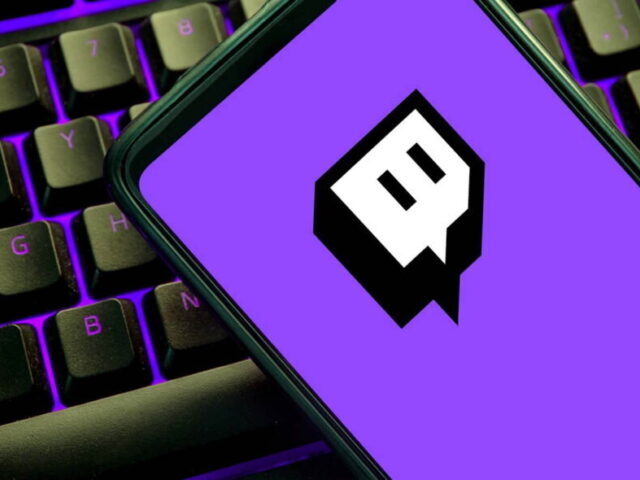Media Research & Development | Nov 5, 2021
Professionalization thanks to innovative ideas: Streaming on Twitch with vision

A major challenge in the streaming scene is the professionalization of the account. If streamers know which interactions were well received or learn more about their audience, then they can professionally expand their channel. But how can this be done?
Streaming professionally, what does this even mean?
In the eyes of many, streaming on Twitch is a matter of luck. Finding one’s own niche, catering to the right games and trends – growing. It takes innovative ideas to professionalize channels. Because, despite initial barriers being relatively low, there often is a lack of information and guidelines how to position one’s original content effectively and how to transform a casual stream into a professionally managed channel. Here you will find a step-by-step solution that is currently in development.
Step 1: Understanding the platform
The initial barrier with streaming providers like Twitch is low. With a few clicks, the profile is set up that links up the own channel. With a quick Google search you will find your first camera and microphone setup, a capture program for gaming footage, and you are ready to go. It is of course not without reason that the setup is so simple. Everybody should have easy access.
At least since 2020, the permanent numbers of the platform are continuously and solidly over 2 million monthly users. The recently published leak about the amount of payouts to successful streamers showed that it could be a relatively successful business model even for private individuals. For most people, of course, it is not – because the ease of access also creates an unmanageable abundance of competition. Markets like Twitch are short-lived and fast. Hypes go as quickly as they arrived and every month a few hundred thousand to millions of users and content creators are trying to stay relevant, position their content and be seen.
In this blog, we show how these findings and experiences result in an innovative idea.
Step 2: Finding needs and target audiences
For the most people who stream on Twitch, it is certainly a hobby. People that want to use the platform for regular production of original content however work toward expanding their channel, reach more followers and strife to one day be promoted by the platform itself. Moritz Steinbach knows the platform very well. He has been familiar with the gaming industry for many years and, in addition to recent trends, he particularly observes the challenges of streamers that encounter difficulties when trying to expand their channels.
Of course, when identifying the problem, he tried to pin it down with user surveys and encountered usual questions: “Which game should I cover next?” or “Do my viewers want to see more content about me or the game?” Finding answers to that is not that easy in this ever-changing market. A way or a tool to find relevant answers is needed. And this tool also had to serve to professionalize the channel in the long run.
Step 3: Developing solutions
After Moritz defined the problem and the target audience, he needed a solution. Which tool could he give to his audience to help them? In this case, without a doubt, a digital one. More accurately: A Tool for analysis that provides answers to the streamer’s questions and eliminates insecurities. Moritz’s prototype should primarily create one thing only: Read out interactions on popular Twitch channels to create early trend forecasts and statistics that help streamers to find their own niche by
to reach the desired goal and to establish the channel professionally. The obstacles and challenges of the project now lay not in a definition of a strategic goal anymore, but in the development of a technical framework to make the prototype work as intended.
Naturally, finding a developer is still the second step in his case. Regardless, it is important to know that in order to develop a prototype and realize your own idea, all you need is to find the problem, analyze the target audience and have a few Google and GitHub skills.
Naturally, finding a developer is still the second step in his case. Regardless, it is important to know that in order to develop a prototype and realize your own idea, all you need is to find the problem, analyze the target audience and have a few Google and GitHub skills.


